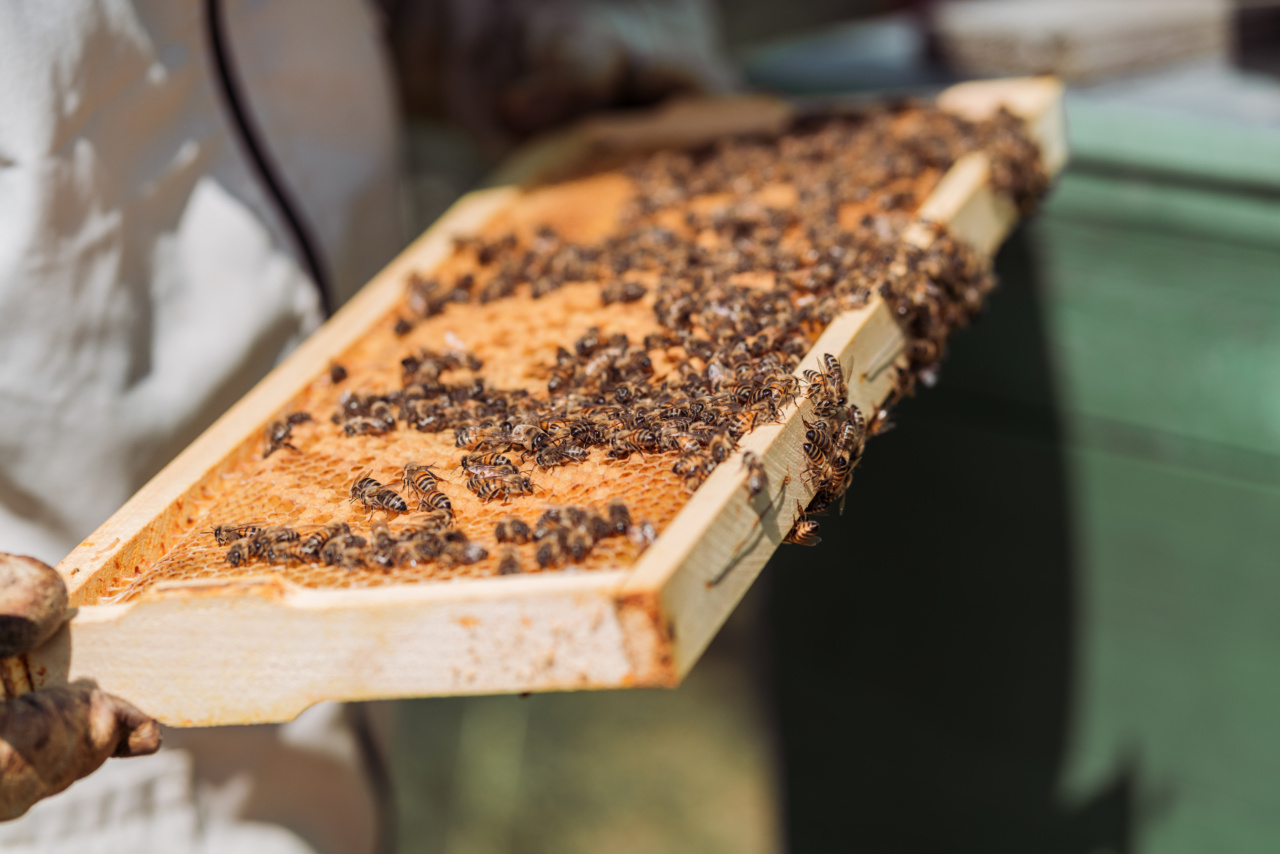Cystic Fibrosis (CF) is a chronic and life-threatening genetic disease that affects the lungs and digestive system of individuals. Its unique characteristics make it a constant challenge to manage and treat effectively.
One interesting alternative therapy that has gained attention in recent years is the use of Manuka honey. Known for its antimicrobial and anti-inflammatory properties, Manuka honey has shown promising potential in combating the effects of CF.
In this article, we will explore the transcendental battle between Cystic Fibrosis and Manuka honey, delving into the scientific research, its benefits, and the potential it holds for CF patients.
Understanding Cystic Fibrosis
Cystic fibrosis is caused by a defect in the CFTR (cystic fibrosis transmembrane conductance regulator) gene. This gene is responsible for producing a protein that controls the flow of salt and water in and out of cells.
In individuals with CF, this protein is either absent or defective, leading to the buildup of thick and sticky mucus in various organs, particularly the lungs and digestive system.
Challenges and Treatment Approaches
Managing CF involves a multidisciplinary approach that includes medications, physiotherapy, and lifestyle modifications.
Antibiotics are commonly prescribed to prevent and treat lung infections, while airway clearance techniques help to clear mucus and improve lung function. However, the recurrent nature of lung infections and the increasing prevalence of antibiotic resistance pose significant challenges in the treatment of CF.
The Rise of Manuka Honey
Manuka honey, derived from the nectar of the manuka tree in New Zealand, is known for its unique antibacterial properties. This honey contains methylglyoxal (MGO), a compound responsible for its antimicrobial activity.
Studies have shown that Manuka honey is effective against various antibiotic-resistant bacteria, including strains that commonly infect CF patients.
Antibacterial Action of Manuka Honey
The antibacterial action of Manuka honey is attributed to multiple factors. Firstly, its high sugar content creates an osmotic effect, drawing water out of bacterial cells and dehydrating them.
Furthermore, the acidic pH of honey creates an unfavorable environment for bacterial growth. Lastly, the presence of MGO in Manuka honey provides an additional antimicrobial effect, inhibiting the growth of bacteria.
Potential Benefits for CF Patients
CF patients are highly susceptible to lung infections, which can lead to progressive lung damage. Incorporating Manuka honey into their treatment regimen may offer several benefits.
Its antibacterial properties could help in reducing bacterial colonization, preventing recurrent infections, and decreasing the need for frequent antibiotic use. Additionally, the anti-inflammatory effects of Manuka honey may alleviate inflammation in the lungs, offering relief to CF patients.
Evidence from Scientific Research
Several studies have investigated the potential of Manuka honey in the management of CF. A study published in the European Respiratory Journal found that Manuka honey was effective against Pseudomonas aeruginosa, a common bacteria in CF lung infections.
The honey inhibited the growth of the bacteria and reduced its ability to form harmful biofilms. Another study published in Frontiers in Microbiology demonstrated that Manuka honey had strong antimicrobial activity against various multi-drug-resistant bacteria, including those commonly found in the lungs of CF patients.
Challenges and Limitations
While the use of Manuka honey shows promise, it is important to acknowledge the challenges and limitations associated with its application in CF management.
The availability of high-quality, medicinal-grade Manuka honey may vary, making it essential for CF patients to obtain honey from reliable sources. Additionally, more research is needed to determine the appropriate dosage, frequency, and method of administration for optimal effectiveness.
Integration into CF Treatment
Integrating Manuka honey into CF treatment plans requires careful consideration and collaboration with healthcare professionals.
CF patients should consult their healthcare team before incorporating any alternative therapies to ensure optimal safety and effectiveness. It is essential to emphasize that Manuka honey is not a substitute for conventional CF treatments but rather a potential complementary approach that may offer additional benefits.
Conclusion
The transcendental battle between Cystic Fibrosis and Manuka honey presents a ray of hope for CF patients.
The antimicrobial and anti-inflammatory properties of Manuka honey make it a promising adjunct therapy, potentially contributing to improved lung health and reduced bacterial infections. However, further research is needed to establish standardized protocols and guidelines for the use of Manuka honey in CF management.
With careful integration and ongoing scientific exploration, Manuka honey could become a valuable tool in the fight against Cystic Fibrosis.






























